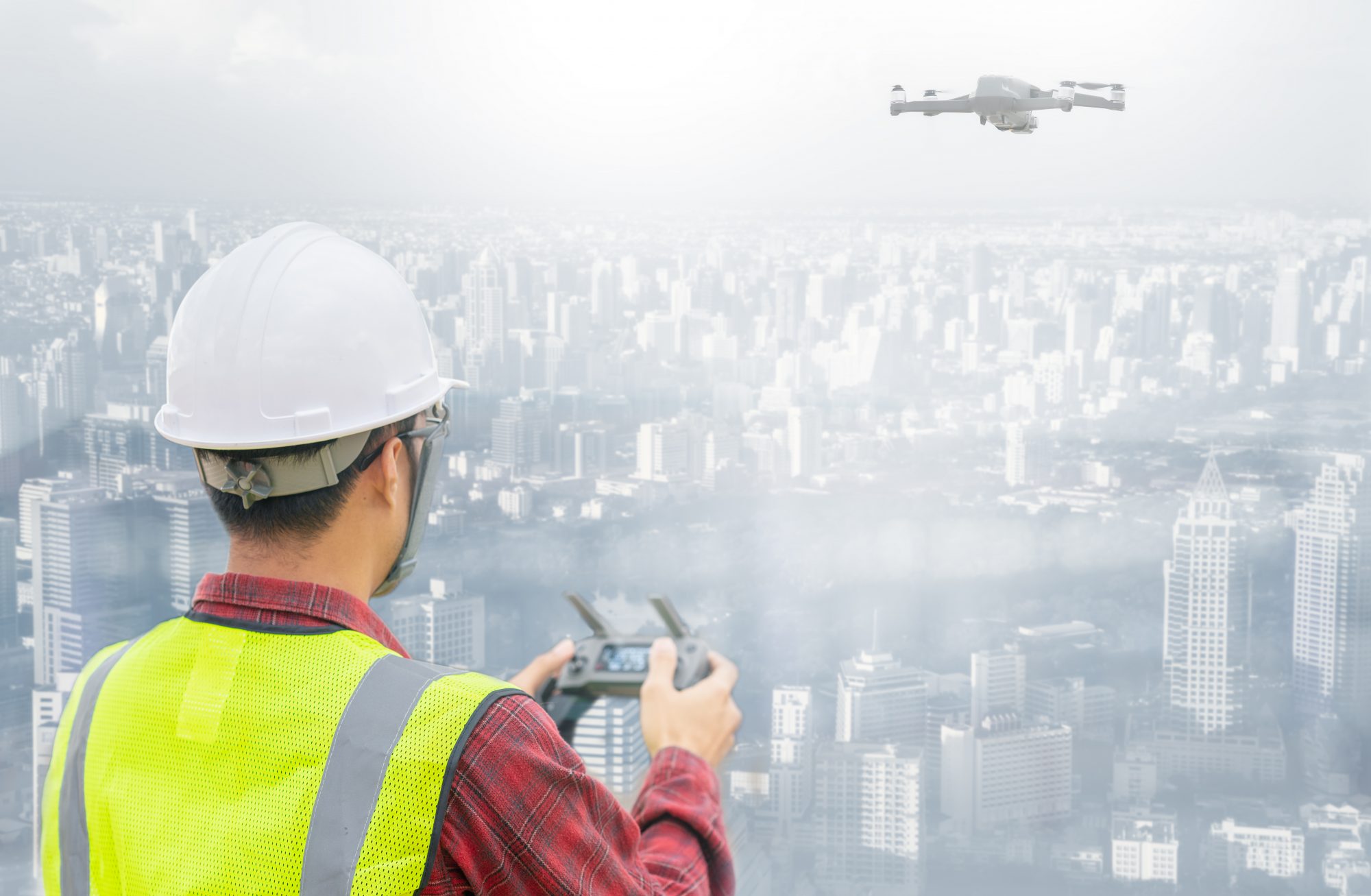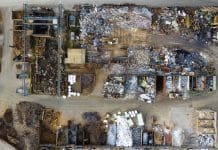David Pounder, future aviation systems engineer, Connected Places Catapult, shares how embracing drones in construction can help meet sustainability objectives while increasing work efficiencies and safety measures
Following COP26, the UK has committed to the ambitious goal of becoming carbon neutral by 2050, and the construction industry has a crucial role to play in limiting climate change. This is nothing new to construction. The industry is increasingly using renewable energy and building materials in the race to improve sustainability, and it is the fastest commercial adopter of drones.
One industry report estimates that drone technology will uplift the gross domestic product in the UK’s construction and manufacturing industries by £8.6bn to 2030, through innovation, improved productivity and cost-effectiveness. The opportunity for construction firms to innovate with drone technology and drive efficiencies is more tangible than ever before.
Planning sustainable works
With the help of drones, construction managers can protect the geography of a site and limit carbon emissions from the very beginning of construction projects. During the bidding and planning phases of a project, drones can be deployed to quickly carry out in-depth aerial surveys of proposed worksites. The captured data can be used to make informed decisions about how a proposal will affect local geographical features and the biodiversity of the site. Survey data can also reduce the need for physical visits to sites, which helps to prevent excess site damage and emissions resulting from vehicular access.
Regular site monitoring is essential for tracking progress and identifying areas for improvement. High-definition images from drone surveys can show raw material movements, crane locations, erection sequences and perimeter security in detail. These sequences act as historical records and can be viewed periodically or in retrospect to identify why projects might be getting delayed or congested. This type of data, when used in the right way, enables stakeholders to make evidence-based decisions more effectively than ever before. Efficient operations reduce the impact that the construction industry has on the environment and, by preventing delays, project managers reduce resource depletion and wastage.
To support regular monitoring, ‘drone-in-a-box’ hubs allow automated drones to capture real-time, accurate data by performing daily routine inspections of pre-programmed routes. As the drone docks in its ‘box’ to charge, the captured data can be uploaded to the cloud, ready to be analysed using artificial intelligence or visualisation software, and viewed from anywhere in the world. These insights can be repurposed for the duration of the project’s life cycle and, by monitoring site progress, project managers can identify areas that may need additional support.
Creating energy-efficient buildings
Building more sustainable structures should be at the top of our agenda as we collectively work towards a more environmentally responsible future. Specialist drones mounted with thermal cameras can help businesses meet the government’s optimal insulation targets by 2050. From an aerial perspective, drones can capture more comprehensive thermal data than is usually possible from the ground.
This type of data allows property managers, engineers and surveyors to identify and rectify building defects and protect properties against energy wastage. In the long term, better thermal assessments will improve the overall environmental impact of construction and the built environment.
A future greener supply chain
In an ideal future, construction firms will be able to make significant reductions in their overall emissions by transporting building materials directly to a site from a depot using green aerial technologies. The drone industry is working hard to turn this into a reality: the Future Flight Challenge, a joint government and industry programme, just completed Dock to Dock (D2D), which explored the possibility of drones capable of transporting a cargo of up to 500kg between waterside locations. These machines could be transformative for construction supply chains, and similar, albeit smaller, versions would enable the easy and uninterrupted transport of lighter objects around a worksite.
Embracing technology
As drone technology and regulations continue to evolve, construction managers should be embracing this smart technology now to unlock all its benefits.














